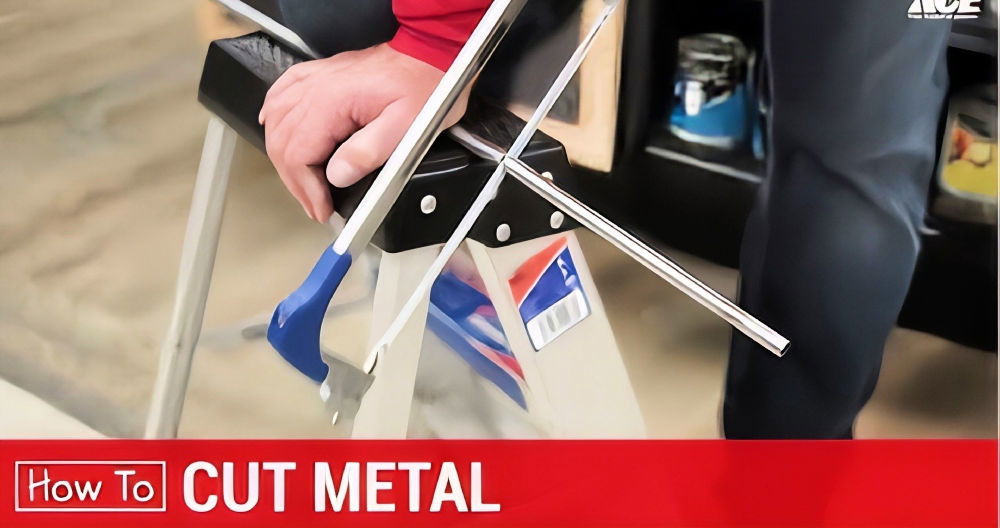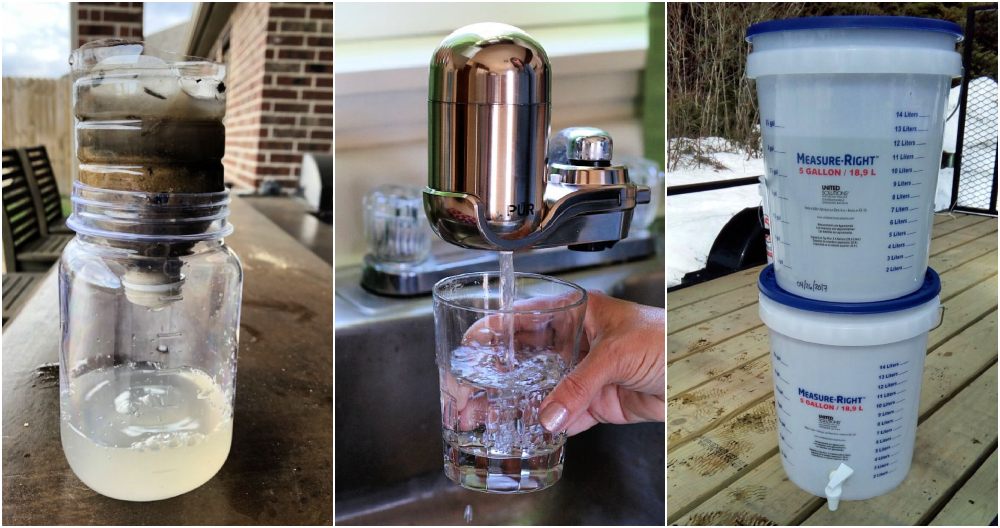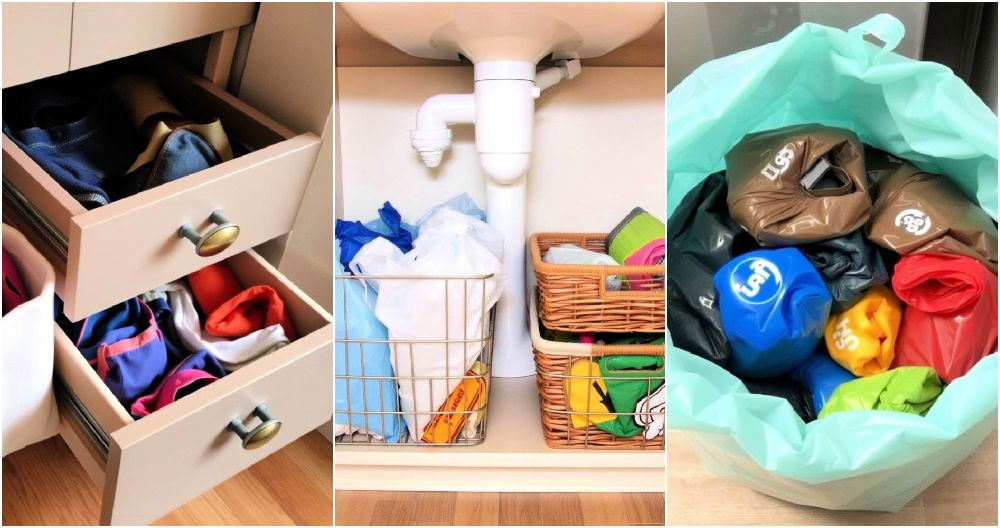Learn how to open a coconut safely at home with easy steps and tools for cracking and extracting coconut water and meat. Perfect for beginners! But with a few simple tricks, you can easily crack into a fresh coconut at home and savor its naturally sweet flavor. Fresh coconut can elevate your dishes with its vibrant taste and versatility, providing everything from refreshing coconut water to tender coconut meat and finely grated coconut for your culinary creations.
In this guide, I'll take you step by step through the process of cracking open a coconut—from setting up your workspace to safely extracting the coconut meat. You'll also learn a few alternative methods to suit your tools and comfort level. So, let's dive in and start cracking!
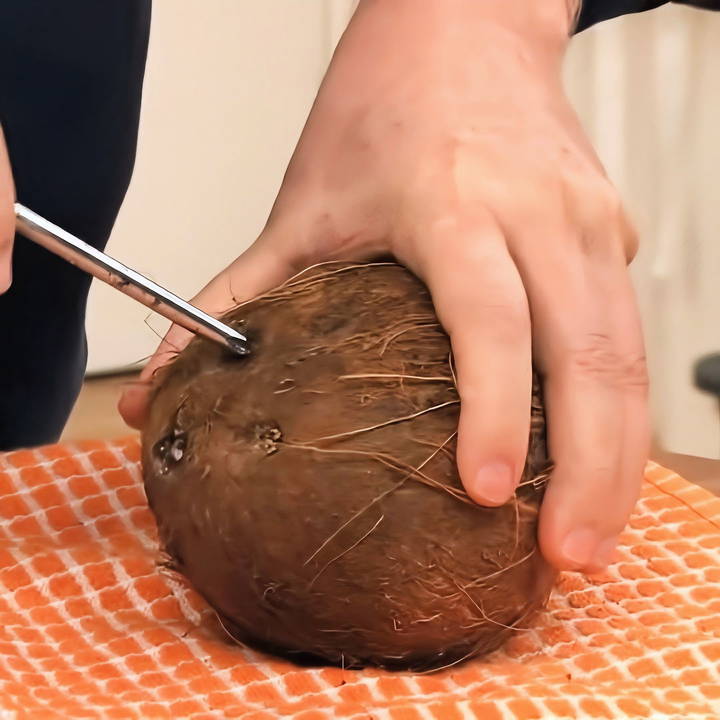
Why Fresh Coconut?
Before we get into the details of how to crack a coconut, you might be wondering why you should even bother when pre-packaged coconut products are so readily available. Fresh coconut is superior in flavor, texture, and nutritional content. Here's why:
- Flavor: Fresh coconut meat has a natural sweetness and creamy texture that's hard to replicate with dried or shredded coconut from a package.
- Nutritional Value: Fresh coconuts are rich in healthy fats, fiber, and nutrients like manganese, copper, and iron. Store-bought shredded coconut may have additives and preservatives.
- Coconut Water: When you crack open a coconut, you also get access to coconut water, which is hydrating and rich in electrolytes.
Tools You'll Need
To crack open a coconut, you don't need any fancy equipment. Here's a list of basic tools to have on hand:
- Phillips head screwdriver or a clean metal skewer
- Hammer or a mallet
- Kitchen towels (to prevent slipping)
- Bowl (for catching the coconut water)
- Cutting board
- Baking sheet (for an alternative method)
- Vegetable peeler (for removing the brown skin from the coconut meat)
Optional:
- Butter knife or spoon (to help pry out the coconut meat)
- Grater or shredder (if you plan on using grated coconut)
Now that you have everything ready, let's begin the process step by step.
Step by Step Instructions
Learn how to open a coconut with step-by-step methods using a hammer or oven. Follow these easy instructions for fresh coconut enjoyment!
Step 1: Drain the Coconut Water
The first thing you need to do when cracking open a coconut is drain the coconut water inside. Fresh coconut water is a delicious bonus that you can use in smoothies, soups, sauces, or even drink as-is for a refreshing treat. To drain the water, follow these instructions:
Instructions:
- Place the coconut on a stable surface: Lay down a kitchen towel on your counter to prevent the coconut from slipping, and then place the coconut on a sturdy cutting board.
- Identify the coconut's “eyes”: Every coconut has three small, soft spots on one end. These are known as the "eyes," and they are the key to accessing the water inside.
- Puncture the eyes: Using a Phillips head screwdriver, puncture each of the three eyes one by one. You might need to use a hammer to gently tap the screwdriver into the coconut if the eye is tough.
- Drain the water: Once all three eyes are punctured, turn the coconut upside down over a bowl and let the water drain out. Coconut water is clear, slightly sweet, and full of electrolytes. Store it in the fridge if you're not using it right away.
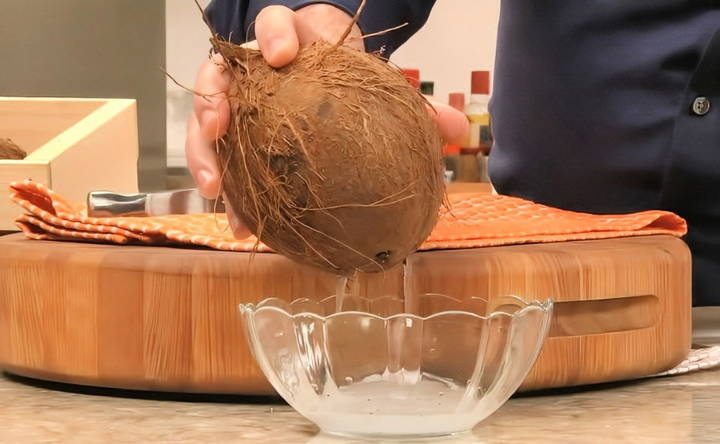
Step 2: Crack Open the Coconut
With the coconut water drained, it's time to crack open the coconut shell to access the meat. This can be done either with a hammer or by using heat. I'll walk you through both methods.
Method 1: Using a Hammer
This method is quick and doesn't require any special tools beyond a hammer and a little elbow grease.
Instructions:
- Hold the coconut firmly: After draining the water, grip the coconut with one hand. If you're worried about it slipping, you can wrap it in a towel for extra grip.
- Whack it with a hammer: Using a hammer, give the coconut a firm tap. Rotate the coconut slightly after each tap to weaken the shell evenly. After a few hits, the coconut will begin to crack.
- Split the coconut: Continue whacking and rotating until the coconut breaks open into halves. Be mindful not to hit your hand while doing this.
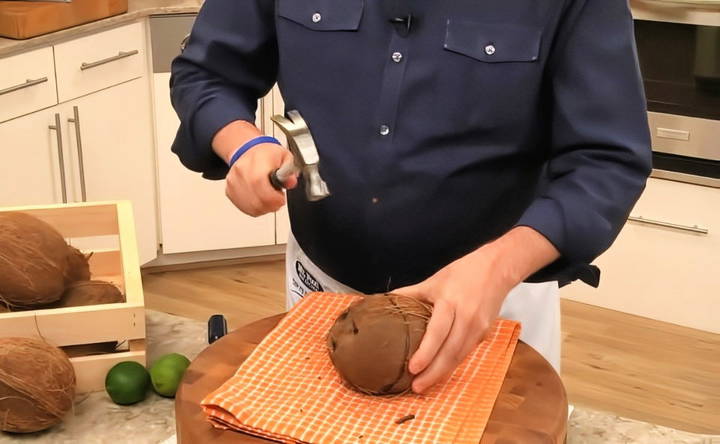
Method 2: Using the Oven
If you'd rather avoid swinging a hammer, you can use your oven to crack the coconut with heat.
Instructions:
- Preheat your oven: Set your oven to 400°F (200°C).
- Place the coconut on a baking sheet: After draining the water, set the coconut on a baking sheet lined with parchment paper.
- Bake the coconut: Put the coconut in the oven and bake it for 15-20 minutes. As it heats up, the shell will naturally crack.
- Cool and separate: Once the coconut cracks, remove it from the oven and let it cool for a few minutes. After it has cooled, gently tap the shell with a hammer to separate the meat from the shell.
Step 3: Extract the Coconut Meat
Once you've cracked open the coconut, it's time to remove the coconut meat from the shell. There are a few ways to do this depending on the tools you have available.
Instructions:
- Use a spoon: The simplest way to extract the meat is by using a spoon or butter knife to pry it away from the shell. Gently slide the spoon between the meat and the shell, and work your way around the coconut.
- Use your hands: In some cases, after baking or cracking the coconut with a hammer, the meat may loosen and can be pulled out with your hands.
- Remove the brown skin: Once the coconut meat is out, you'll notice a thin layer of brown skin on the back of the meat. You can use a vegetable peeler to remove this if you want perfectly white coconut meat, especially if you plan on grating or shredding it.
Step 4: Enjoy Your Fresh Coconut!
Now that you've successfully cracked open the coconut and extracted the meat, you can enjoy it in various ways:
- Fresh Coconut Meat: You can eat the coconut meat raw. It's naturally sweet and makes a healthy snack.
- Grated Coconut: If you want to use the coconut in baking or cooking, you can grate it using a standard box grater or a food processor. Freshly grated coconut can be used in cakes, cookies, or as a topping for salads and curries.
- Coconut Milk: You can also make homemade coconut milk by blending grated coconut with water and straining the mixture through cheesecloth.
- Coconut Water: As mentioned earlier, coconut water is a nutritious and hydrating drink. Use it in smoothies or drink it as is.
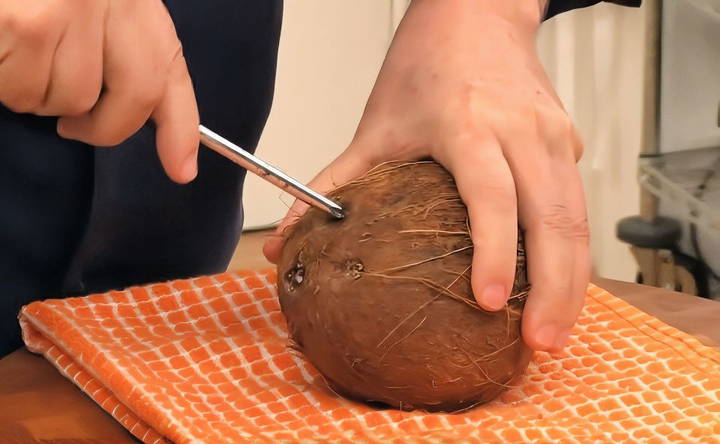
Tips for Success
Here are a few tips and tricks to make cracking open coconuts even easier:
- Choose the right coconut: Look for coconuts that feel heavy for their size and don't have cracks or signs of mold.
- Use a towel for safety: Always place the coconut on a towel to prevent slipping, especially when using a hammer.
- Keep the coconut water fresh: Coconut water is perishable, so store it in the fridge and use it within a day or two.
Conclusion
Cracking a coconut at home may seem intimidating at first, but with the right tools and techniques, it's a straightforward process that anyone can master. Whether you're after the refreshing coconut water, the rich and creamy meat, or freshly grated coconut for your recipes, the steps outlined above will guide you every step of the way. Not only is fresh coconut delicious, but it's also packed with nutrients that make it worth the effort. So the next time you spot fresh coconuts in the store, go ahead and pick one up—you now have all the knowledge you need to crack it open with ease!
FAQs About Cracking a Coconut
Learn everything you need about cracking a coconut with these FAQs. Discover tips, tools, and techniques for the perfect crack every time.
If hammering the coconut doesn’t work, try the oven method. Preheat the oven to 400°F and place the coconut on a baking sheet for 15-20 minutes. The heat will naturally crack the shell, making it easier to open.
Yes, you can use a clean metal skewer or even a drill. Ensure the tool is clean before puncturing the eyes to avoid contamination.
If prying with a spoon isn’t working, you can place the coconut in the oven for a few more minutes to soften the meat. Alternatively, use the back of a knife to help lift the meat away from the shell.
Coconuts can spoil, especially if they’re overripe or improperly stored. Check the color and smell of the meat before eating. If it has an off-putting odor or taste, discard it.
Yes, coconut water is generally safe to drink right after draining it from the coconut. However, if you're concerned about bacteria, you can boil it before consumption.
In some cultures, people simply smash the coconut against a hard surface, like concrete or a rock. Be cautious when using this method to avoid injury.
Not all coconuts contain a large amount of water. The amount varies depending on the age and condition of the coconut. Older coconuts tend to have less water.
Yes, the brown skin on the coconut meat is edible. It adds a nutty flavor and is nutritious. You can peel it off with a vegetable peeler if you prefer pure white coconut meat.
If your coconut has mold on the shell or the meat, it's best to discard it. Mold indicates that the coconut has spoiled and is unsafe to eat.
In some regions, a machete or a similar tool is used to crack the coconut with just a few swift strikes. This method requires skill and precision, so proceed with caution if attempting.





